Tatooine, Middle-earth, Hogwarts, Jurassic Park; there are many timeless fictional locations that we wish were real, but the list is only so long. More recently, however, audiences have been treated to the introduction of another new, dreamlike world: Pandora.
The alien home world that provides the setting for James Cameron’s endlessly successful Avatar film franchise, debuted in 2009 and has captured the minds of millions since. It’s beautiful; brimming with vegetation and wildlife that is so captivating not only because of its otherworldly nature but because it is believable. Pandora feels like a dense planet that really could exist somewhere out in the stars, and the best part is, as shown in 2022’s sequel, The Way of Water, it’s clear there is so much more it has to show us. Now, with the upcoming video game spinoff, Avatar: Frontiers of Pandora, Ubisoft is attempting to capture and recreate the magic of one of the most entrancing alien planets ever introduced to science fiction so that we can finally visit it for ourselves.
I got the opportunity to travel to the forests of Pandora as part of a hands-on preview event hosted by Ubisoft. I spent around two-and-a-half hours navigating the story, starting about a quarter into the overall journey, while also making time to just take in the sights and sounds. My time on the planet helped me understand what goals the team hopes to accomplish, and I came away surprised, satisfied, excited, and a bit disappointed.
Related: Avatar: Frontiers of Pandora Release Date Revealed with 6-Minute Na’vi Gameplay Video
Welcome to Pandora
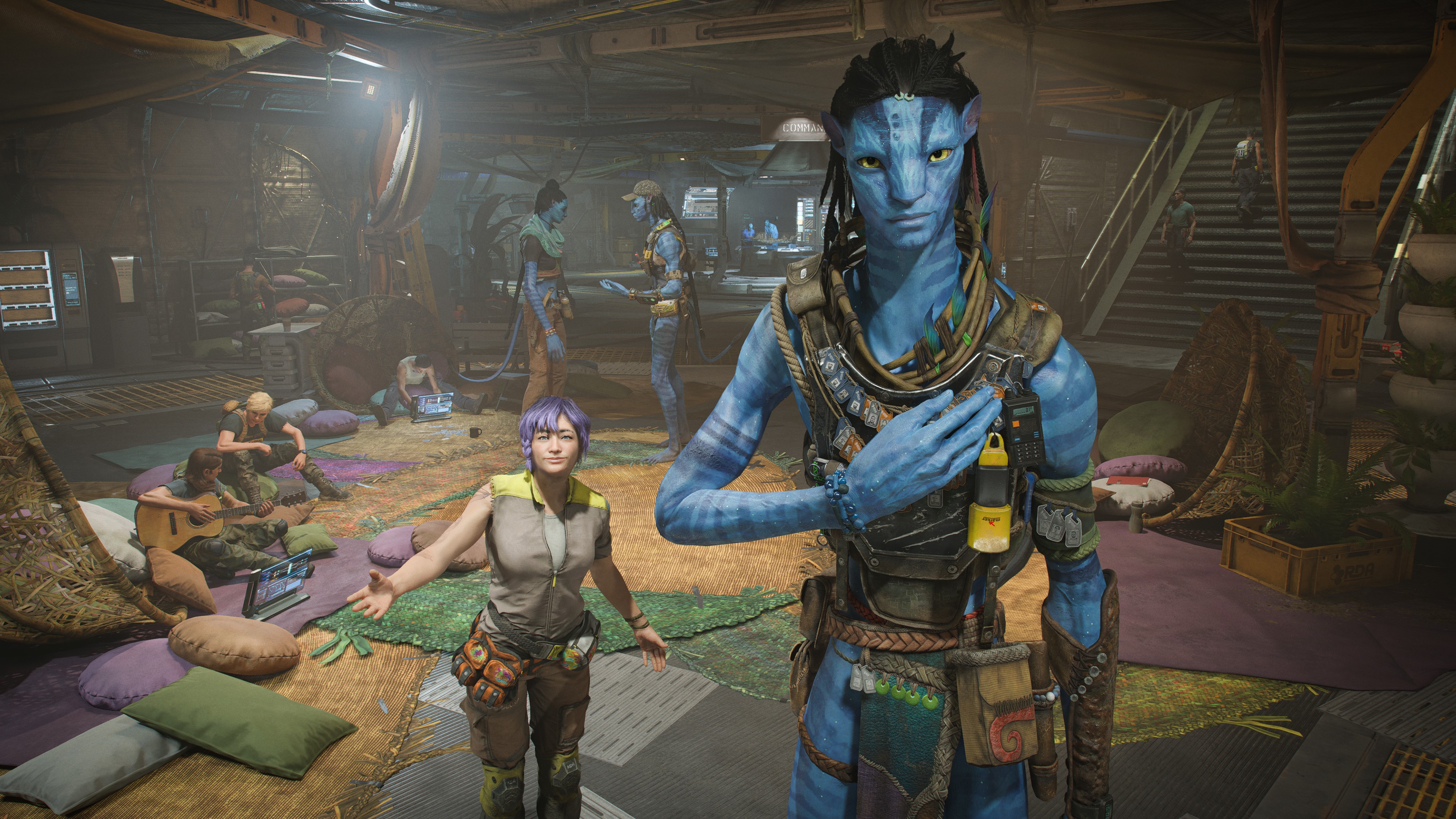
From Assassin’s Creed to Far Cry, Ubisoft has put in more than a decade of effort into giving fans consistent open-world experiences, for better or worse. If you’ve played more than one of the company’s AAA titles in the last few years, you’ll probably recognize that its bigger projects have a certain, consistent feel to them. What surprised me about Avatar: Frontiers of Pandora is that Ubisoft’s trademark formula isn’t quite as present this time around. Perhaps I didn’t turn over enough rocks, but I didn’t spot point-of-interest towers with out-of-place puzzles, and the side activities I found fit naturally with the world around me, too.
Don’t get me wrong; this absolutely still feels like an open-world video game. There are resources to gather – you’ll still be holding the action button to loot bodies and stashes – and activities do feel less organic when you run into them more than once. There is also a skill tree that grants some useful abilities and some seemingly not-so-useful abilities. That said, the reason Ubisoft’s formula doesn’t intrude on Frontiers of Pandora is because the developers have put in an incredible amount of work to make the planet feel Alive.
It took mere moments into my demo to find my first few alien plants. That’s largely because Pandora is positively packed with unique flora. There are variations of flowers, fruits, insect nests, and plants in general, with many of them carrying unique journal entries, allowing you to read up on their place in the forest. These aren’t minor journal entries either, with most entries I read having paragraphs of information about each plant’s role and background. It works astoundingly well, and that’s considering I was still discovering fauna by the time my demo came to an end.
During the day, sunbeams peer through the trees and wash over rivers and shallow ponds. Nighttime illuminates your vision with neon plant life and swarms of bright bugs. Orange, spiral plants called Loreyu, are ripped straight out of the movies and react just as playfully as you’d expect. Moments of wonder are then matched when you look above to see islands in the sky. Yes, you can go there, and it works.
Almost all of the vegetation I found had unique properties I could use to aid in my Na’vi’s journey. Some plants yielded crafting materials that could be used to create different arrow types and firearm ammunition Horizon Zero Dawn-style. Other flowers carried medicinal properties. Dapophet seeds, for example, can be carried and used for a shirt burst of health in a pinch, while the all-too-precious Bellsprigs grant a minor but permanent health increase. Then, there are certain flowers that can keep your Na’vi energized while on the move, giant leaves that can propel you across a gap, vines that pull you up to great heights, giant trampoline mushrooms, and so much more.
Related: Avatar: The Way of Water Teaser Trailer Is Nearly Wordless & Assumes You Care About Avatar
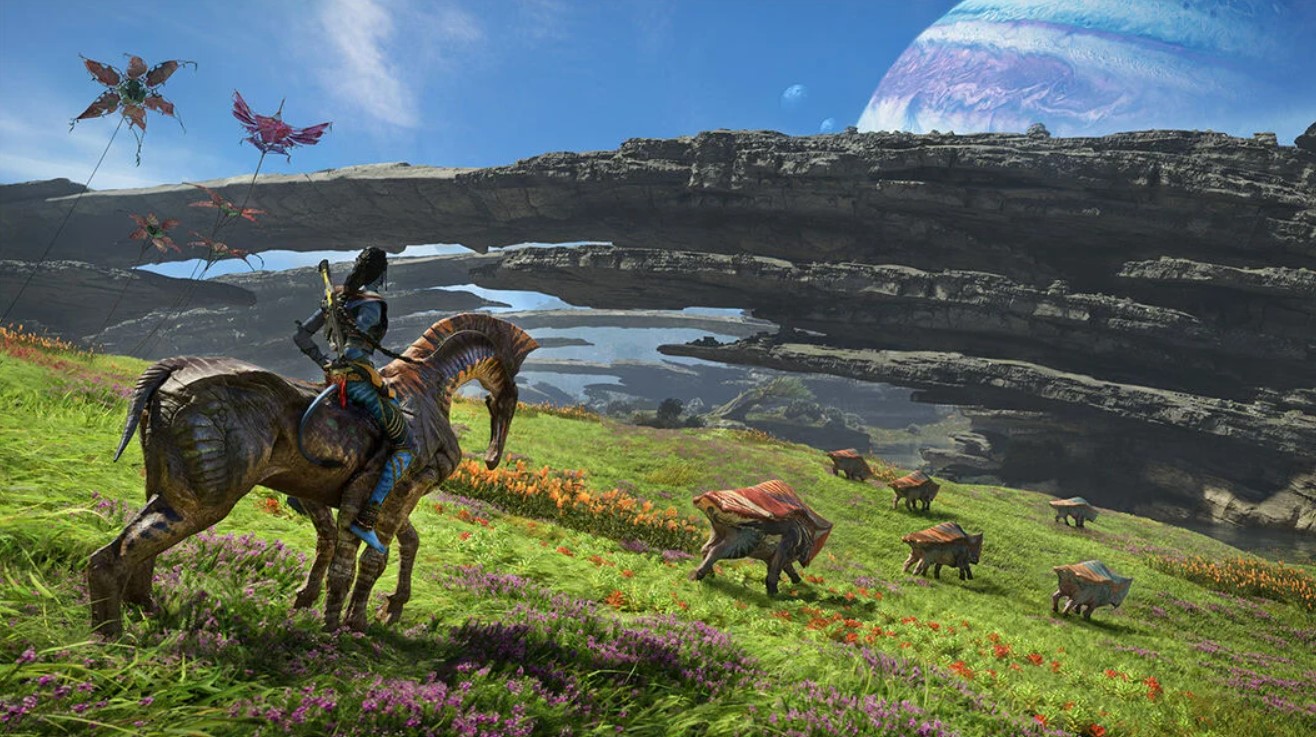
For every entity that helps you feel at home, Frontiers of Pandora is happy to introduce something that wants you dead. Take for example the Flamingo Orchid, a giant leafed growth that protects its fruit by shooting seed projectiles at those who get too close. Bulbous green pods, which essentially serve as this world’s explosive red barrels, can also be dangerous or useful depending on your planning. There’s also the extensive amount of wildlife, which includes Viperwolves, small dog-like creatures that travel in packs.
Thankfully, Pandora gives players the tools to take on its dangerous life forms. Take the Leopard Palm’s Shelter Fruit, for example. This fruit, along with a basket of others, can be cooked and combined to create dishes that have different buffs and varying levels of effectiveness. In terms of cooking, think The Legend of Zelda: Breath of the Wild, but more sci-fi instead of fantasy. Harvesting resources is one way players can prepare, and while, yes, some hunting and gathering whittles down to simply holding the action button, there are materials that can be gathered thanks to a very creative mini-game.
The quality of the fruit you pull depends on many things, including the environment you find it in and, most importantly, how clean your pick is. Every craftable cooking item I found, including the Shelter Fruit, has a specific picking method that involves pulling an analog stick to one side and then pulling with the trigger. My first few gathered fruits came with a tutorial instructing me how this worked, but for every following item I picked, it was up to me to learn how to properly extract the materials I needed. This mini-game helped give each plant some personality, but more importantly, it didn’t hold my hand and contributed to an unwavering feeling that Pandora is a real place, and I was in it.
Injured animals came to me to remove trackers placed by humans, and if I approached them too hastily, I might’ve sent them running in fear. Na’vi sense, which works like a more natural version of Assassin’s Creed’s Eagle Vision, helped me track animals through thick forest trees. Abandoned human outposts looked believably deserted but still had the odd item to find. I’m describing every inch of Avatar: Frontiers of Pandora’s planetary offerings because I’m still taken aback at how cohesive it all felt. From what I played, Pandora is perfection.
Related: Who Is the Cast in Avatar 2: The Way of Water?
The Sky People
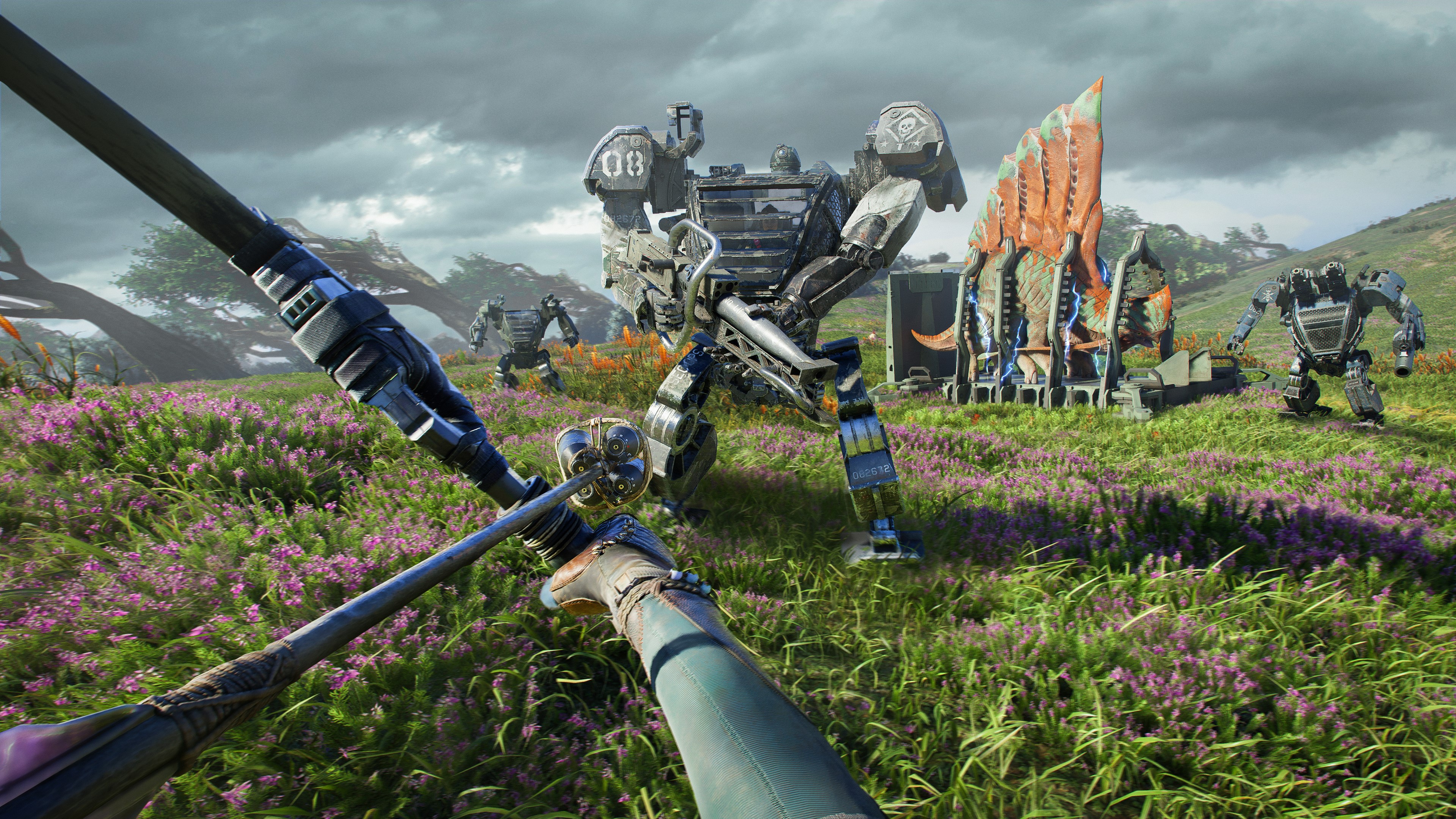
Everything else…wasn’t as impressive. One moment of my Avatar demo saw me distracted by a patrol of AMP mechs. They had captured and were torturing what I made out to be one of the Avatar universe’s many gorgeous creatures. Without wasting a second, I took to the trees to take aim with my bow and arrow and a few grenades because who wouldn’t immediately try to get the jump on losers like that?
The battle that ensued wasn’t very exciting, though. My few back-and-forths with the RDA (a.k.a. Sky People) were mostly straightforward gunfights, where I would use a tree for cover and either get blasted through said tree or find small opportunities to shoot the bullet-spongey enemies. AMPs, specifically, do have some weak points – their backs, for example – but I was hoping for more opportunities for creative combat. Bow and arrow combat and, to a lesser extent, assault rifle combat, do feel nice and weighty. I didn’t feel like the AI for the AMPs or even the laughably weak human infantry did much to breed exciting gameplay scenarios.
Brief skirmishes are OK, though it can be satisfying to nail a perfect weak-point shot with a well-timed arrow. I will say that a much larger battle toward the end of my demo, which saw me seizing control of an oil outpost, provided a much more thrilling environment. Stealth options seemed pretty limited in Avatar: Frontiers of Pandora, at least at that point in the story, so I felt forced to strike hard and think fast as I moved through a small army of Sky People. It’s exciting but still felt a little too much like Far Cry with a sci-fi twist.
Learn to Fly
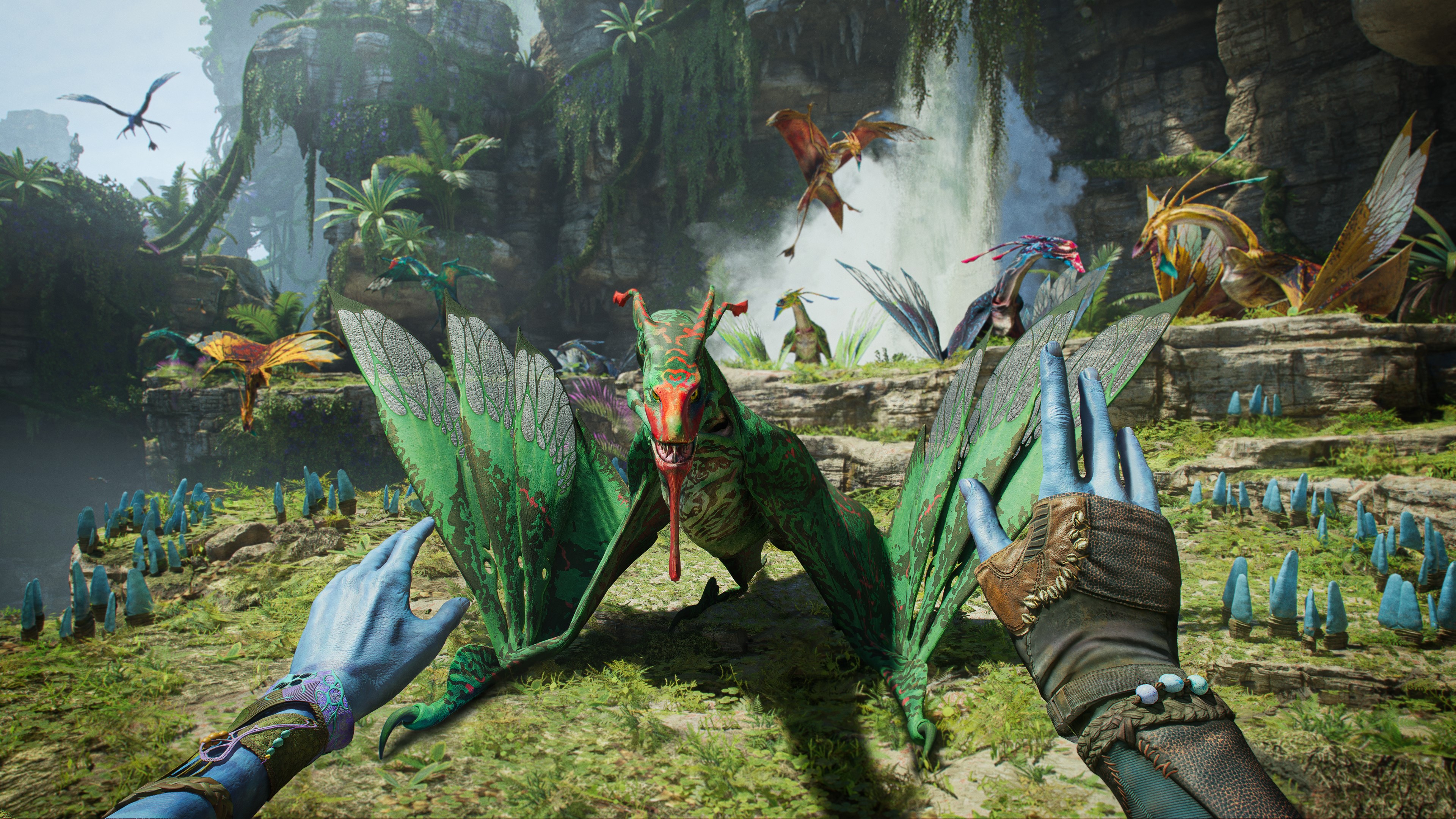
I was usually eager to return to the forests after my interactions with the Sky People. Pandora is a large part of the pull, but the story missions I played did provide some exhilarating highs – and lows. By far, my favorite scripted moment of the Avatar: Frontiers of Pandora demo saw me tracking my very own Ikran, which you might recognize as the pterodactyl creatures heavily featured in both Avatar movies. Taming your Ikran is a process that sees you leaping flocks of beasts that have claimed the Pandora sky islands as their home. It is a thrill made more thrilling because of the music that swells as you race higher through the clouds and, eventually, claim and name an Ikran of your own (I called mine Katir).
The moment peaked as my Na’vi friend, Eetu, shoved me from the top of the tallest sky island, sending me hurdling toward the hard ground below from miles in the air. Ubisoft nailed the feeling of scale in Pandora, and nowhere is that more present than when you leap from a high-up point, feel the rush of the free fall, and then call on your Ikran to save you, allowing you to pilot from there on out. It’s an achievement that is immediately dampened by clunky flight controls that unfortunately seem to play a fairly large part in the overall experience.
Ikran flight definitely seems to be the intended way for players to travel over the leafy oceans of Pandora. It’s much faster than walking and lets you skip over areas you’re uninterested in. The skies of Pandora are barren, though, leaving long distances of pure nothingness to fill the time. It’s quicker than walking but endlessly more boring compared to the rich world that awaits below. Ikran flight could have been – no – it should be a breathtaking component, but it just feels like a copout addition that exists for no other reason than to check a box.

What is boring becomes somewhat frustrating when you take your Ikran into battle. One of my scrapes with AMP mechs and RDA infantry saw me swooping at my enemies from the sky – or at least that’s what I wanted to do. Instead, said fight looked clumsy, as aiming your weapons on Ikran is an unfortunate hassle. The saving grace for Ikran combat is when you’re faced with Samson Helicopters. Nailing gunners with an arrow and taking out weak points to send a helicopter careening toward the ground is pretty satisfying but doesn’t quite hide the other blemishes.
I pray Ikran handling becomes more engaging by the time the full launch rolls around or at least when you get further into the experience, but with release only a little more than a month away, my hopes aren’t high. It’s not horrible, but it’s not fun, especially when propped next to the jaw-dropping world that Pandora is. Ubisoft should be proud of what it has accomplished when it comes to creating an immersive, dangerous jungle for players to explore. I think Avatar: Frontiers of Pandora might be worth playing for that chunk of game alone.
Combat and traversal, however, leave much to be desired. Judging by the in-game map I saw, Pandora is huge, and I can’t wait to explore every corner of its caves and jungles. That said, if what I played is any indication, I might choose to keep my boots on the ground when the next Na’vi asks me to take to the skies.
Avatar: Frontiers of Pandora launches for PC, PS5, Xbox Series X | S, and Amazon Luna on December 7, 2023.


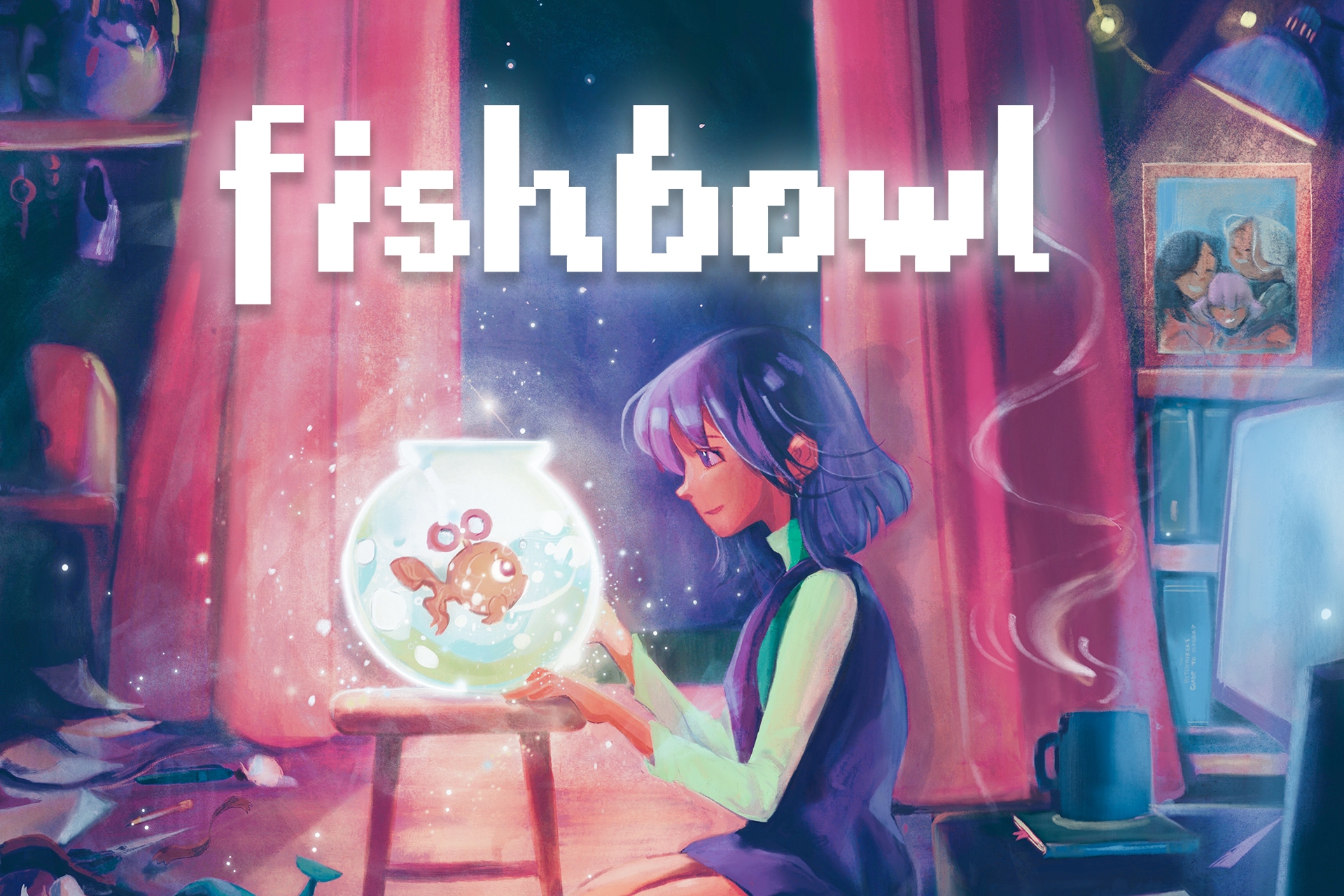



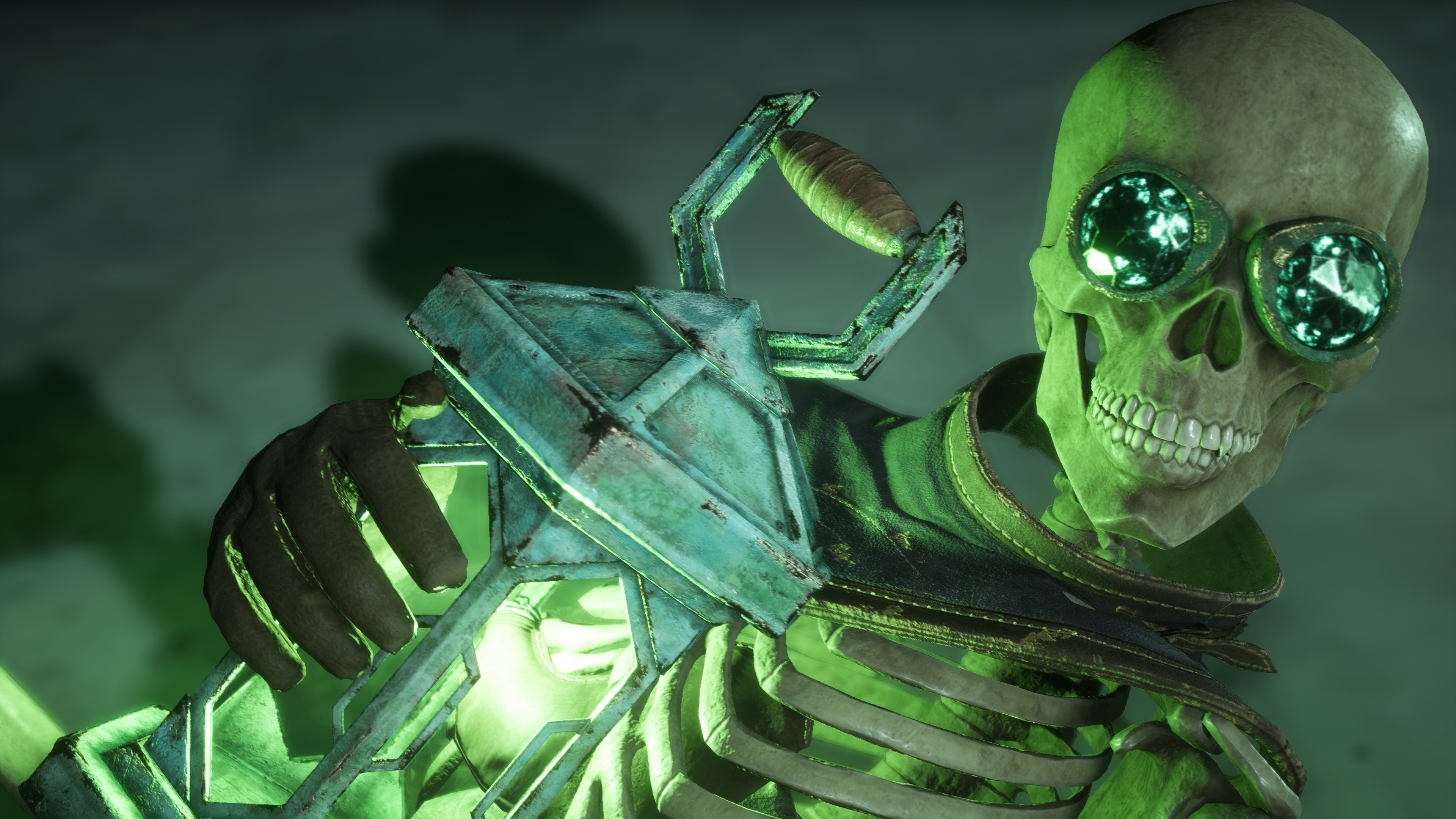

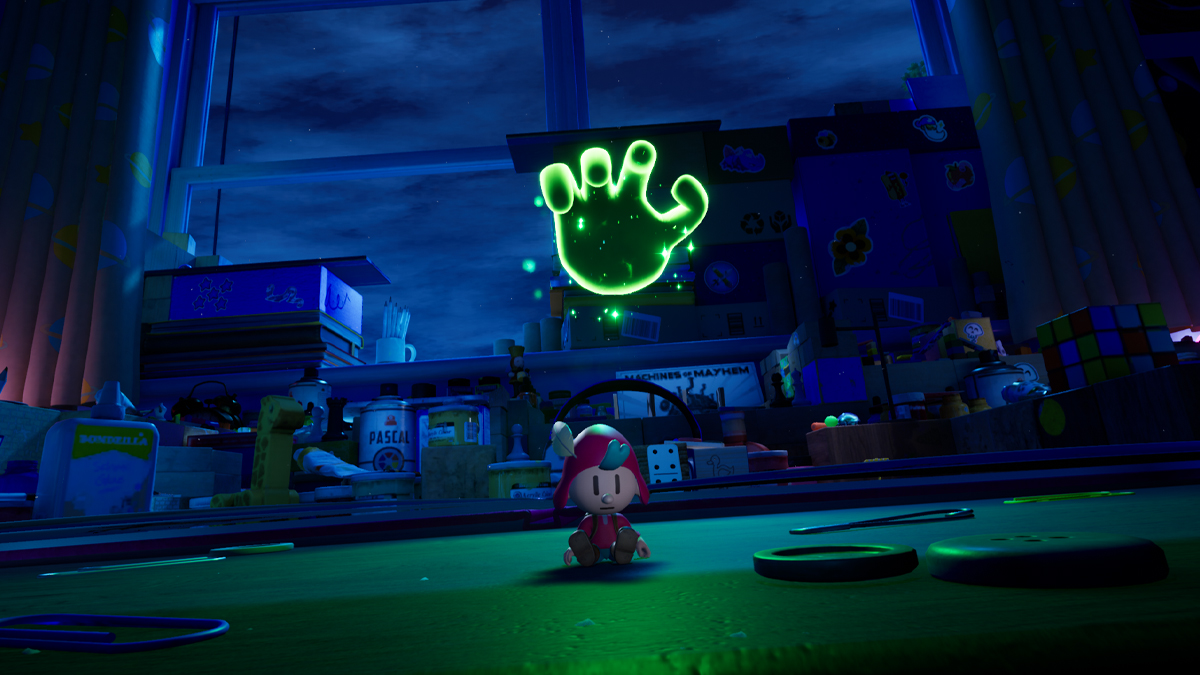
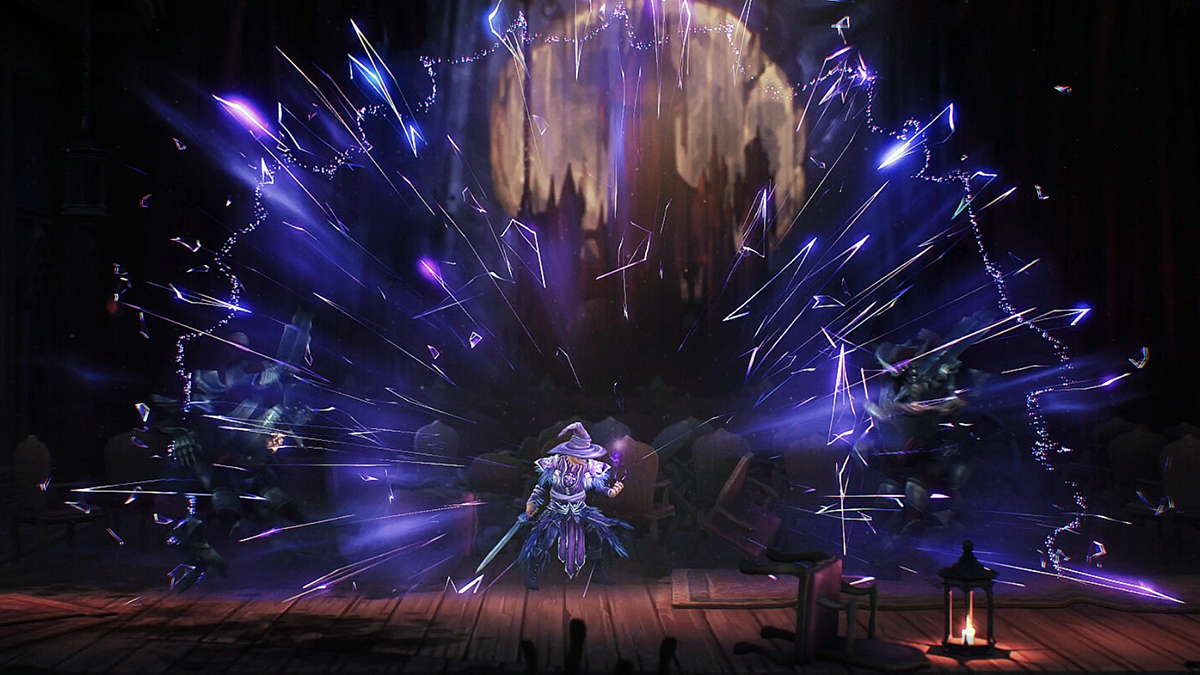

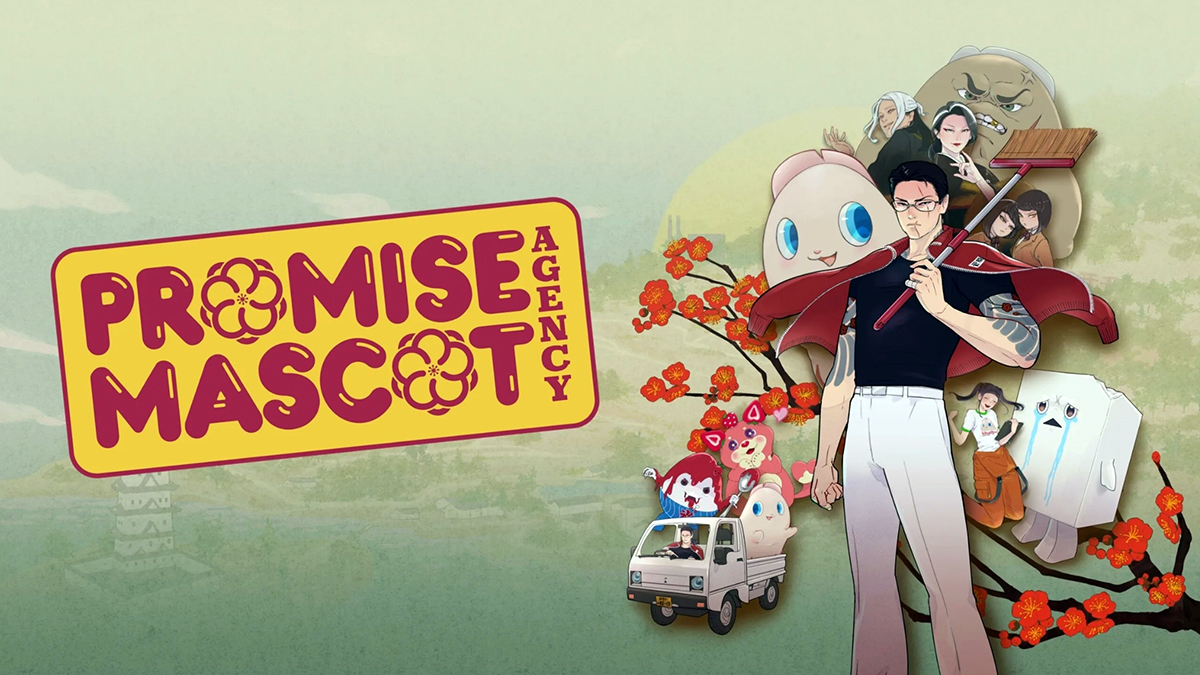

Published: Oct 30, 2023 4:28 PM UTC